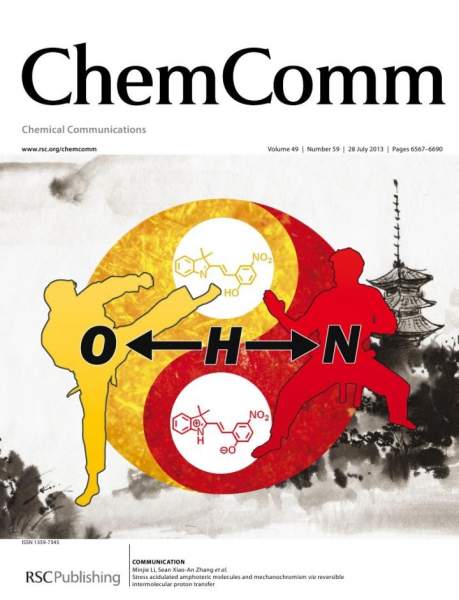Volatile organic compounds (VOCs), as precursors of ozone and photochemical smog, not only cause many environmental problems, but also endanger human health. Catalytic oxidation is one of the most potential treatment technologies. The development of efficient and stable monolithic catalysts is of great significance for the removal of volatile organic compounds. Recently, non noble metal oxides derived from metal organic frameworks (MOFs) show excellent catalytic properties, but their preparation process is prone to agglomeration, resulting in reduced activity. In addition, the support also affects the performance of the catalyst. Copper foam has attracted wide attention in various catalyst carriers due to its three-dimensional channel and good thermal conductivity. However, the lower surface area of foam copper is not conducive to the dispersion of active substances, which reduces the generation of multiphase interface between copper oxide and active substances, and limits the further improvement of the overall catalyst performance.
Recently, Professor Liu Qingling from the school of environment, Tianjin University( http://catalysis.tju.edu.cn/ )Cu (OH) 2 nanorods were prepared by rapid redox method, and then MOFs derivatives were grown on them in situ to obtain monolithic catalyst. Rod like Cu (OH) 2 carrier provides rich contact area for loading active components and inhibits the aggregation of MOFs derivatives. 12CoCu-R has better catalytic activity for acetone oxidation compared with 12CoCu directly loaded on foam copper with a MOFs derivative (T90 = 195 C). In addition, 12cocu-r has good stability in cyclic, long-term and water resistance tests. This is mainly due to the interface interaction between CO and Cu, which promotes the fracture of co-O bond and the formation of more oxygen vacancies, which is conducive to the activation of oxygen molecules. Therefore, this study provides a promising method for the design of efficient monolithic catalysts, and can provide reference for other catalytic oxidation reactions.
 The related research results "Interface-Enhanced Oxygen Vacancies of CoCuOx Catalysts In Situ Grown on Monolithic Cu Foam for VOC Catalytic Oxidation" have been published in the internationally renowned journal Environmental Science & Technology (IF:9.028). And was selected as a cover paper(https://pubs.acs.org/toc/esthag/current). The first author of the article is Zheng Yanfei, a doctoral student in the School of environment, and the corresponding author is Professor Liu Qingling and Lecturer Han Rui.
The related research results "Interface-Enhanced Oxygen Vacancies of CoCuOx Catalysts In Situ Grown on Monolithic Cu Foam for VOC Catalytic Oxidation" have been published in the internationally renowned journal Environmental Science & Technology (IF:9.028). And was selected as a cover paper(https://pubs.acs.org/toc/esthag/current). The first author of the article is Zheng Yanfei, a doctoral student in the School of environment, and the corresponding author is Professor Liu Qingling and Lecturer Han Rui.
Professor Liu Qingling's team has long been committed to the research in the field of air pollution control, and has made a series of research achievements in the treatment of volatile organic compounds and the treatment of tail gas from mobile sources, and has been working in Applied Catalysis B: Environmental, Environmental Science & Technology, ACS Catalysis, Chemical Engineering Journal in the past five years. Langmuir, Applied Catalysis A: General, Green Chemistry, Ultrasonic Sonochemistry, Applied Surface Science, Journal of Chemical Technology and Biotechnology, Chemosphere, ChemCatChem and other international journals have published more than 40 papers.
(Editor:Zheng Yanfei, Wang Yunchong)





